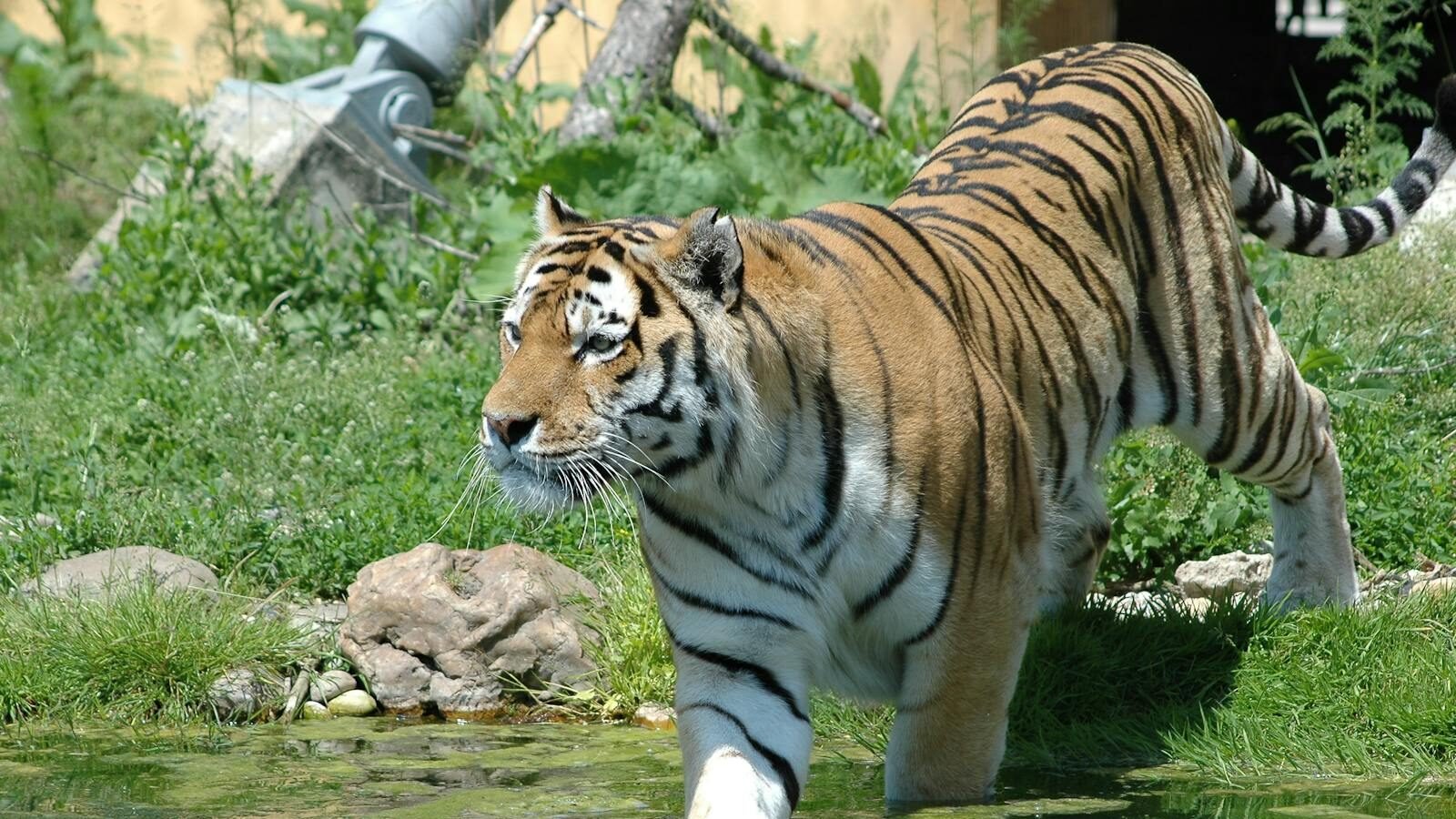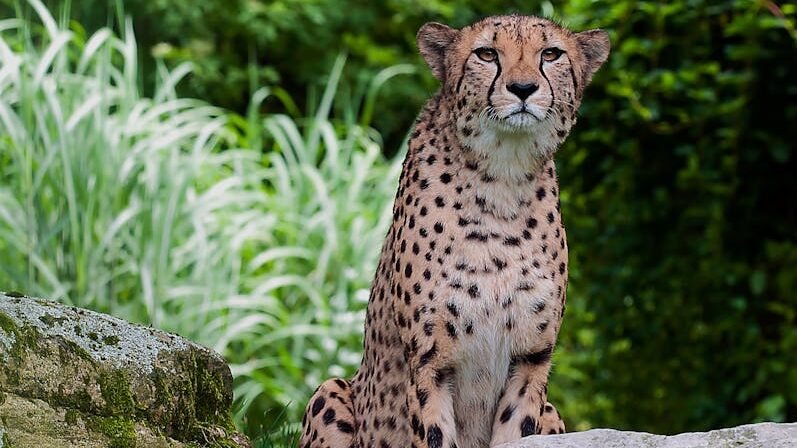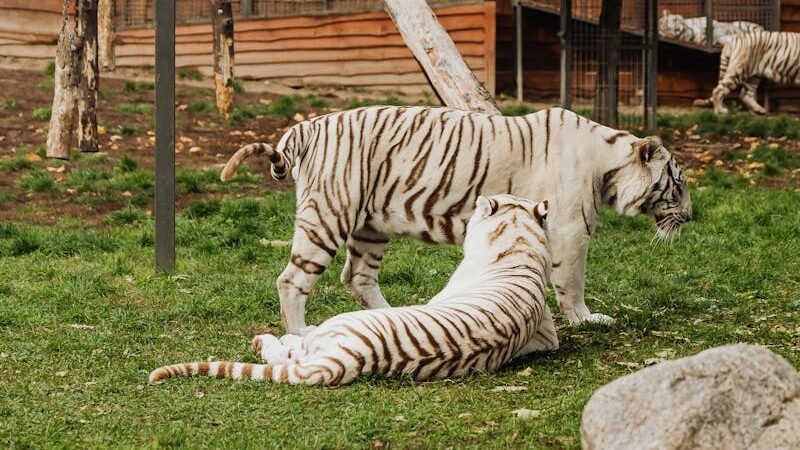Big cats, including lions, tigers, leopards, and cheetahs, serve as apex predators in their respective ecosystems. They play a vital role in maintaining the balance of nature, ensuring that prey species do not overpopulate and exhaust their food resources. By controlling prey populations, big cats help sustain vegetation and other animal species, contributing to biodiversity.
Big Cats as Keystone Species

Keystone species are organisms that have a disproportionately large impact on their environment relative to their abundance. Big cats are prime examples of keystone species. Their presence or absence can trigger a cascade of effects that alter the structure and function of their ecosystems, highlighting their crucial role in biodiversity maintenance.
Top-Down Regulation of Prey Populations

Photo by Alfred Franz via Pexels
Big cats regulate prey populations through top-down control. This regulation prevents any single species from dominating the ecosystem, which could lead to resource depletion. By preying on specific animals, big cats ensure that diverse plant and animal communities thrive, preserving the intricate web of life.
Impact on Vegetation and Plant Growth

The hunting activities of big cats indirectly affect vegetation and plant growth. By controlling herbivore populations, big cats prevent overgrazing, allowing plant communities to flourish. This plant diversity supports various other animal species, ranging from insects to birds, enhancing overall ecosystem health.
Biodiversity Hotspots and Big Cat Habitats

Big cats often inhabit regions that are also biodiversity hotspots. These areas, characterized by high species richness, benefit from the ecological roles fulfilled by big cats. Protecting big cat habitats consequently safeguards a wide range of other species, making conservation efforts highly impactful for biodiversity.
The Role of Big Cats in Genetic Diversity

By maintaining a balance in prey populations, big cats contribute to genetic diversity. They often target weaker or diseased animals, which helps strengthen the prey species’ gene pool over time. This natural selection process ensures healthier and more resilient animal populations within ecosystems.
Big Cats and Ecosystem Resilience

Big cats contribute to ecosystem resilience, enabling ecosystems to recover from disturbances. By promoting biodiversity and maintaining ecological processes, big cats help ecosystems withstand environmental changes, such as climate shifts and human impacts, ensuring long-term stability.
Threats to Big Cats and Consequences

Despite their ecological importance, big cats face numerous threats, including habitat loss, poaching, and conflict with humans. The decline in big cat populations can lead to trophic cascades that disrupt ecosystem balance and decrease biodiversity, emphasizing the need for urgent conservation efforts.
Conservation Strategies for Big Cats

Effective conservation strategies for big cats involve the protection of their natural habitats, anti-poaching measures, and fostering coexistence between humans and big cats. International collaboration and local community involvement are key to successful conservation efforts, ensuring the survival of these critical predators.
Conclusion: Big Cats as Guardians of Biodiversity

In conclusion, big cats play a crucial role in maintaining biodiversity through their ecological functions and ecosystem services. Recognizing their importance and implementing robust conservation measures is essential for preserving the intricate balance of life on Earth and ensuring the health of various ecosystems for future generations.

With over a decade of experience as a dedicated cat lover and enthusiast, I specialize in writing captivating content about all things feline. My expertise shines through in creating engaging and informative pieces that resonate with fellow cat lovers. As a proud cat parent to my beloved Duston, my personal connection to the world of cats adds authenticity and warmth to my work, making it relatable and heartfelt.






